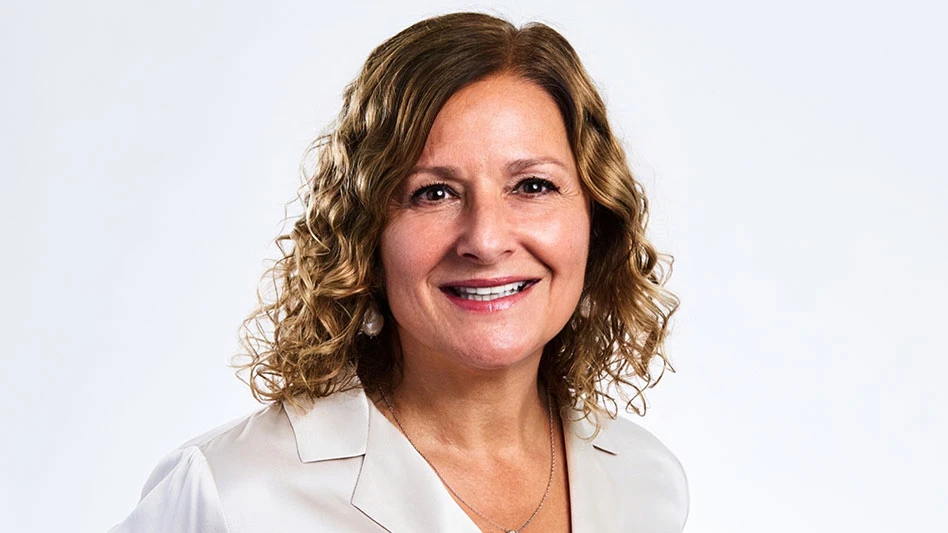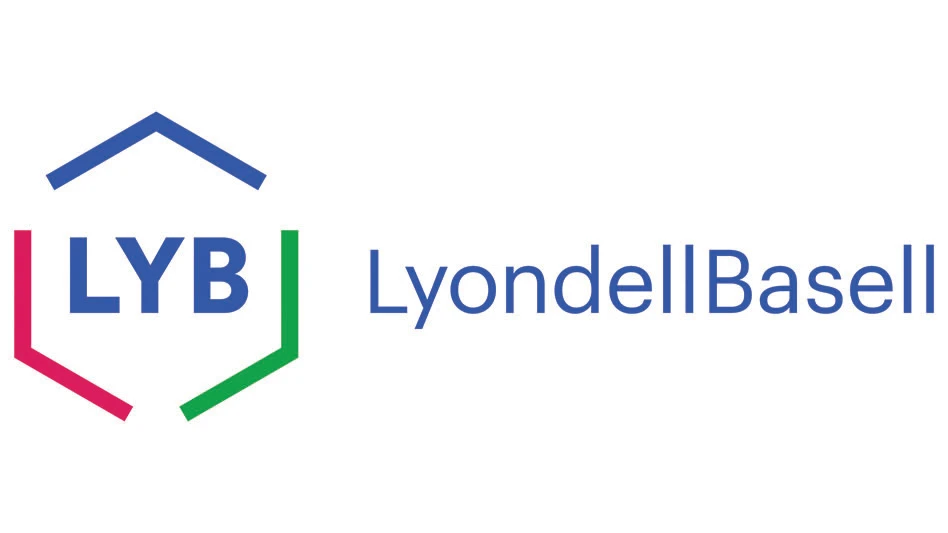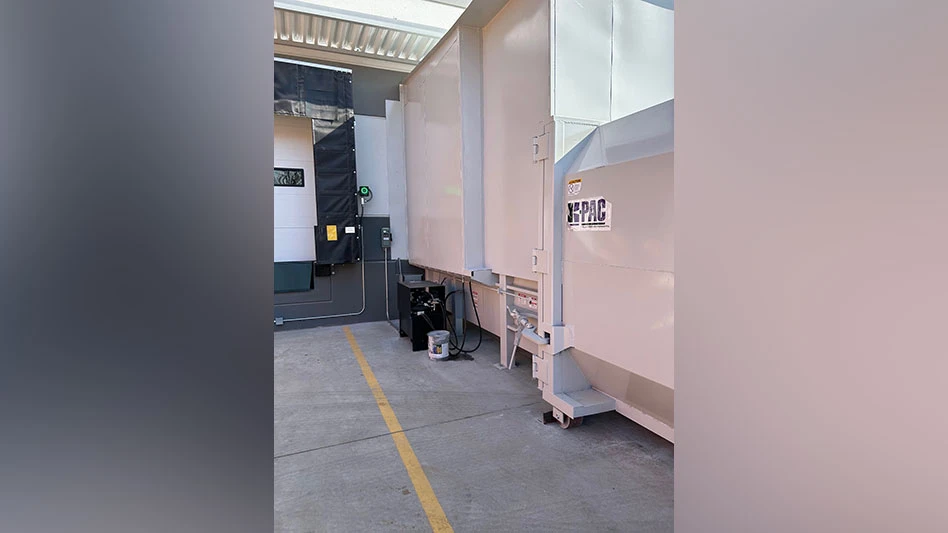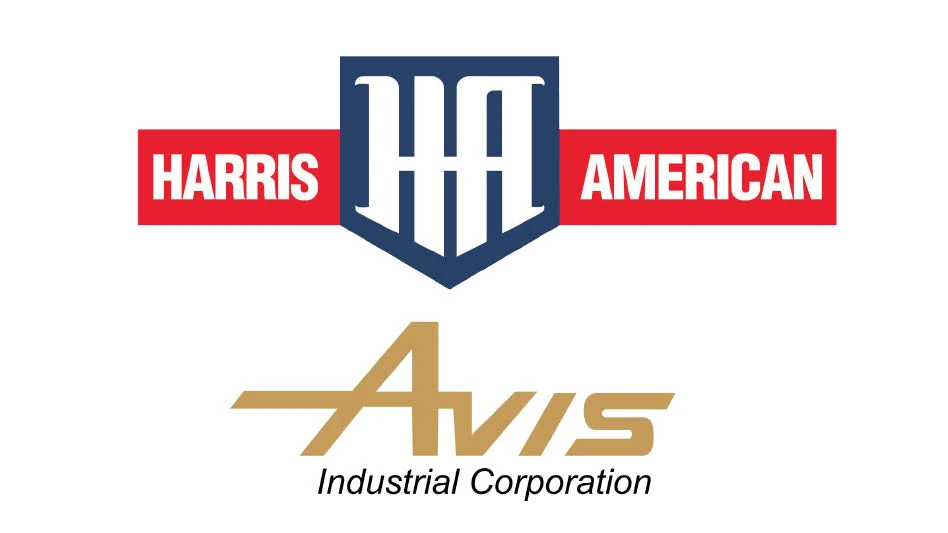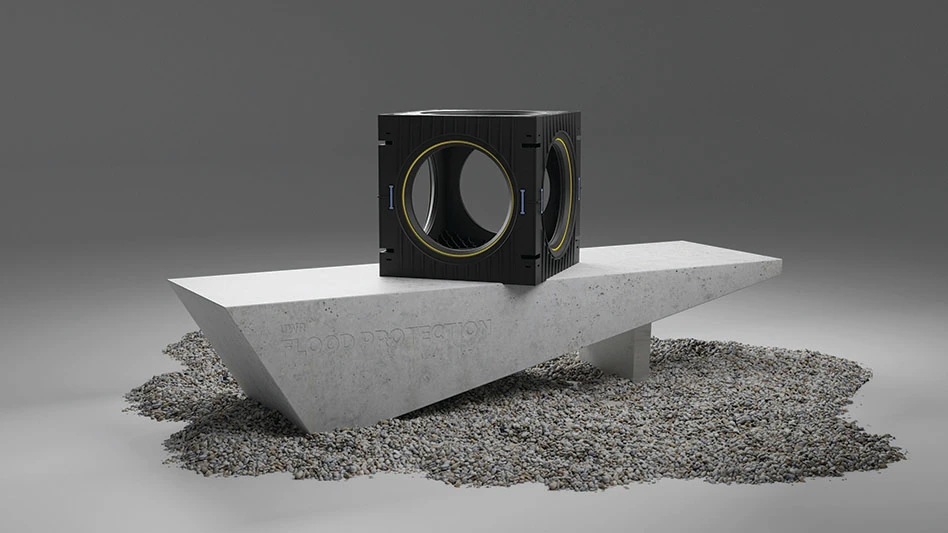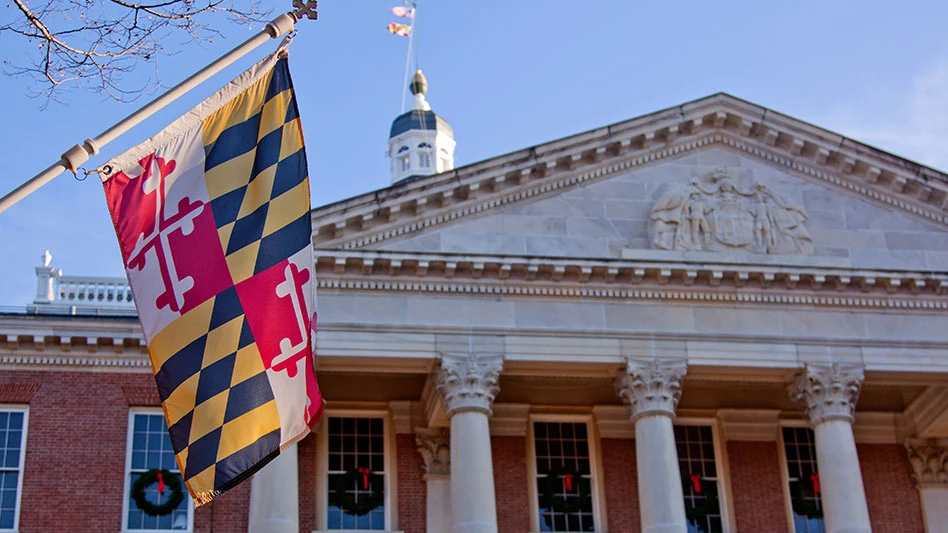
Glynnis Jones | stock.adobe.com
The Maryland General Assembly has passed Senate Bill 901 (S.B. 901), which would enact extended producer responsibility for paper and packaging in the state. The legislation awaits the signature of Gov. Wes Moore.
The bill’s passage follows an earlier attempt at EPR in 2023 that instead resulted in a statewide recycling needs assessment.
That assessment, which was released in late February, involved a waste characterization study that was performed in November 2024 (2024 WCS) that updated and primarily replicated a statewide waste characterization study conducted in 2016 but included an expanded list of material categories to establish baseline data about disposed packaging materials. Across 10 days of fieldwork from Nov. 4-15, 2024, sampling was performed at nine disposal facilities in Maryland.
Assessment findings
The assessment found that EPR for packaging would improve recycling rates across the state. increasing recycling access in communities that are underserved currently. The study’s estimated baseline system performance revealed that:
- Maryland generated approximately 2.9 million tons of covered paper and packaging in 2022, with approximately 60 percent generated in the commercial sector, 30 percent by single-family households and 10 percent by multifamily households.
- Materials that make up the largest share of the composition of covered paper and packaging include old corrugated containers (OCC)/cardboard (35 percent), paper (27 percent) and flexible plastic (14 percent).
- Approximately 34 percent, or 984,400 tons, of covered material is recycled in Maryland, with the commercial sector having the highest recycling rate (39 percent) followed by single-family households (30 percent) and multi-family households (16 percent).
- The covered materials with the highest recycling rates are OCC/cardboard (52 percent) and paper (37 percent), while metal (30 percent), rigid plastics (27 percent) and glass (24 percent) lag behind, as do cartons (8 percent) and flexible plastics (essentially zero percent).
The assessment estimated possible future performance and cost of recycling covered materials under a theoretical EPR for packaging system design:
- Curbside recycling service for single-family households could increase from 89 percent to 96 percent, multifamily households could increase from 49 percent to 100 percent and total active service for residential households could increase from 78 percent to 97 percent, giving an additional 450,000 households curbside recycling.
- The overall recycling rate for covered materials would improve from about 34 percent to 50 percent, increasing the total volume of material collected from an estimated 984,400 tons to 1,445,000 tons.
- The single-family household paper and packaging recycling rate would increase from 30 percent to 48 percent, the multifamily household PPP recycling rate would increase from 16 percent to 34 percent and the commercial property recycling rate would increase from 39 percent to 53 percent.
- Recycling rates for all covered packaging materials also would increase, with flexible plastic growing to 9 percent, glass would increase to 43 percent, paper would increase to 59 percent, OCC/cardboard would increase to 69 percent, cartons would increase to 17 percent, metal would increase to 44 percent and rigid plastic would increase from to 33 percent.
- The estimated cost of an EPR system that delivers these benefits is approximately $550 million, which is an increase of $144 million from the cost of the baseline system. The cost per ton recycled is estimated to be $412 at baseline and could fall to $378 per ton under EPR.
The EPR bill
The bill passed the Senate on March 17 with a vote of 35-12 and the House on April 7 with a vote of 101-35, with amendments regarding harmonization if the state also establishes a beverage container deposit return system.
Moore has 30 days to sign the bill once it’s delivered to him.
S.B. 901 would require certain producers of covered materials, individually or as part of a producer responsibility organization (PRO), to submit a producer responsibility plan for covered materials to the Maryland Department of the Environment for review and approval on or before July 1, 2028, and every five years thereafter or develop an alternative collection program.
The PRO also must conduct a statewide needs assessment every decade as well as set fees to enable system improvements and reimbursements to local governments for up to half the cost of collection and for the full cost of transportation and processing.
The bill calls for establishing a methodology for reimbursement rates for covered services for covered materials of at least 50 percent by July 1, 2028, rising to 90 percent in 2030.
Opposition to the bill
The American Forest & Paper Association (AF&PA), Washington, is among the bill’s detractors, saying in an April 3 “Update in Brief," the legislation is “misguided” and has “wide-ranging, negative impacts for the paper industry.”
AF&PA adds, “EPR programs are helpful for materials that don’t have strong end markets or aren’t highly recycled. Paper is a highly recycled material with strong end markets. That’s something Maryland lawmakers overlooked.
“As a result, the EPR policy could disrupt already efficient recycling streams with new, complex administrative procedures and fees.”
The Printing United Alliance joined the AF&PA in saying that EPR is not needed for paper products: “As background, the Alliance represents the interests of facilities engaged in producing a wide variety of printed products and packaging. We strongly support responsible recycling and waste management, however, the inclusion of paper products in Maryland’s extended producer responsibility (EPR) law is not appropriate. Including paper in the EPR program unfairly burdens printing operations, packaging converters, and paper-based product manufacturers. We recommend excluding ‘paper products’ from the bill.”
Get curated news on YOUR industry.
Enter your email to receive our newsletters.
Latest from Recycling Today
- Enfinite forms Hazardous & Specialty Waste Management Council
- Combined DRS, EPR legislation introduced in Rhode Island
- Eureka Recycling starts up newly upgraded MRF
- Reconomy Close the Gap campaign highlights need for circularity
- Nickel carbonate added to Aqua Metals’ portfolio
- EuRIC, FEAD say End-Of-Life Vehicle Regulation presents opportunity for recyclers
- Recyclers likely to feel effects of US-China trade war
- BCMRC 2025 session preview: Navigating battery recycling legislation and regulations
